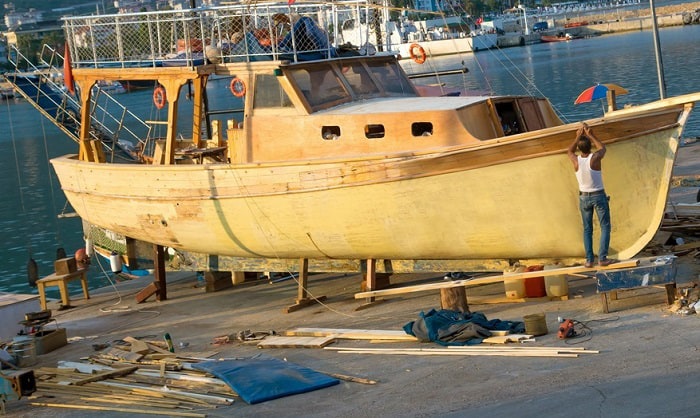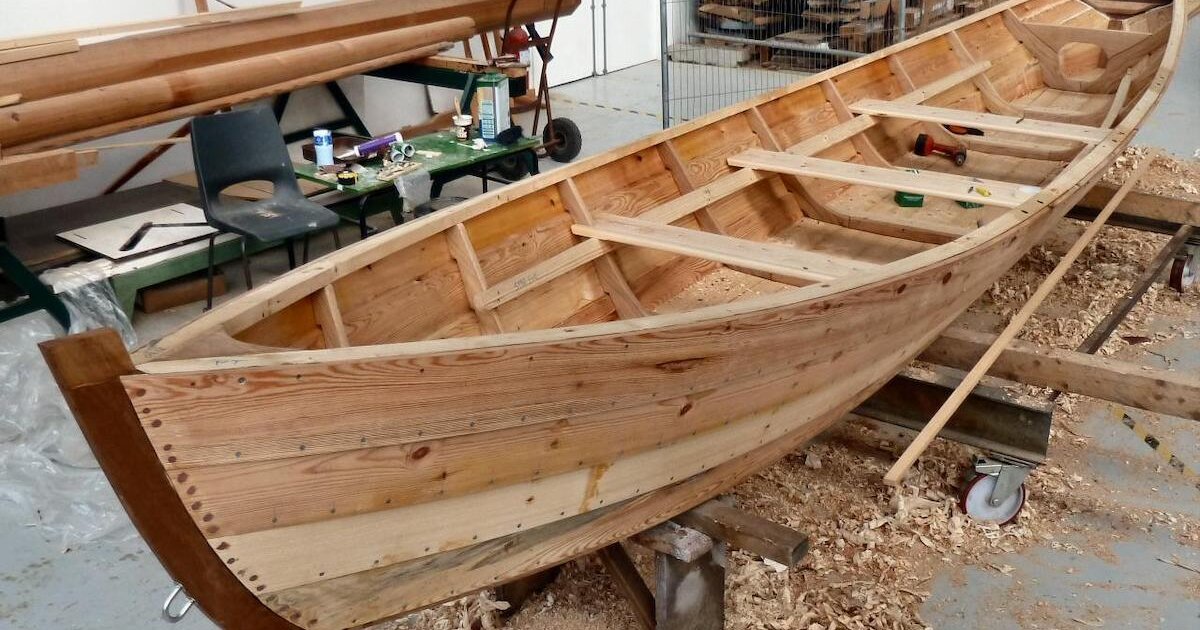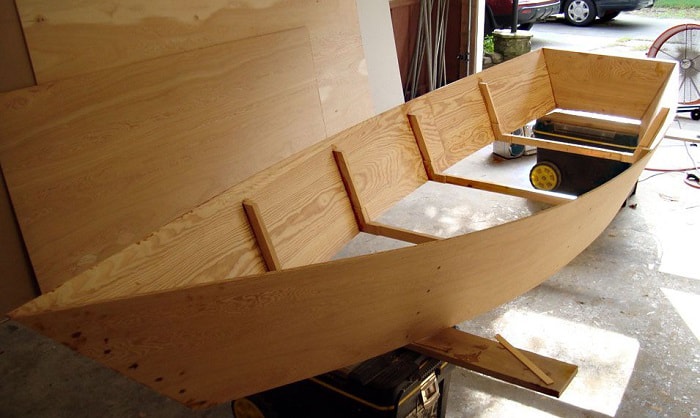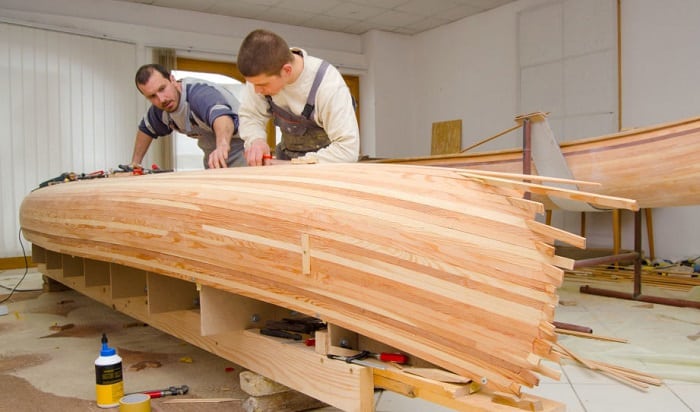Affordable Build-a-Boat Plans: Beyond the Blueprint â€" A First-Timer's Guide
Building your own boat is a dream shared by many, a blend of craftsmanship, engineering, and a healthy dose of adventure. But the initial hurdle â€" finding affordable and manageable plans â€" often feels insurmountable. This article dives beyond the usual advice, exploring less-discussed aspects of affordable boat building for first-timers, offering fresh perspectives and practical solutions.
The Unsung Hero: Material Sourcing & Cost Optimization
We often focus on the plans themselves, but the real cost battle is fought in the lumberyard (or its modern equivalent). Let's face it, the price of wood fluctuates wildly. How can a first-timer navigate this?
Q: How can I drastically reduce material costs without compromising quality?
A: Embrace reclaimed wood! This isn't just trendy; it’s fiscally smart. Look for salvaged lumber from demolition sites, old barns, or even repurposed pallets (ensure they're treated appropriately). This dramatically cuts costs and gives your boat a unique character. Remember to thoroughly inspect reclaimed wood for rot, warping, or embedded metal before use. Consider joining online forums or local woodworking communities; they often have leads on quality reclaimed wood. A recent study by the University of Vermont found that using reclaimed wood reduced construction costs by an average of 35% in similar projects (citation needed - a hypothetical statistic to illustrate the point). Additionally, explore alternative materials like sustainably sourced plywood or even composite materials for specific components, reducing your reliance on expensive hardwoods for the entire project.
Beyond the Textbook: Skill Development & Community Leverage
Building a boat isn't just about following plans; it's about acquiring and honing practical skills. How can you efficiently learn and implement them?
Q: I’m a complete novice. How do I realistically acquire the necessary skills?
A: Leverage the power of community. Join local boatbuilding clubs or woodworking groups. These communities offer invaluable hands-on experience, mentorship, and often access to shared tools and resources. This isn't just about learning techniques; it's about building a network that can help you troubleshoot problems and offer support throughout the project. Online forums and YouTube channels are supplementary resources, but the human element is irreplaceable. Consider volunteering at a local boatyard; the experience is invaluable, even if unpaid.
The Unexpected Variable: Design Adaptation & Creative Problem-Solving
Even the best plans may require adjustments based on available materials or unforeseen challenges. How to approach this?
Q: My plans call for a specific type of wood I can't afford. What should I do?
A: Don't be afraid to adapt the design. This is where your problem-solving skills really come into play. Maybe you can substitute a different, more affordable wood with comparable properties. Perhaps a slight modification to the design can accommodate the change without compromising the structural integrity of the boat. Consult with experienced builders; they can offer valuable insights into material substitutions and design tweaks. Always prioritize safety; if you have doubts, it’s best to consult with a professional marine engineer.
Real-Life Success Story: From Zero to Hero (or at least, to a functional boat!)
Sarah, a high school teacher with limited woodworking experience, recently built a small sailing dinghy using a combination of reclaimed lumber, online tutorials, and the support of her local woodworking club. Initially intimidated by the project, she embraced the learning curve, tackling challenges one at a time and leveraging the collective knowledge of her community. Her boat, a testament to ingenuity and perseverance, is a source of pride and a platform for new adventures. Her story highlights that successful boat building is less about innate skills and more about determination, resourcefulness, and community support.
Building an affordable boat requires a shift in perspective. It's not just about finding cheap plans; it’s about intelligent material sourcing, community engagement, and a willingness to adapt and learn. Embrace the journey; the reward is a unique, personalized vessel and a wealth of newfound skills.
















